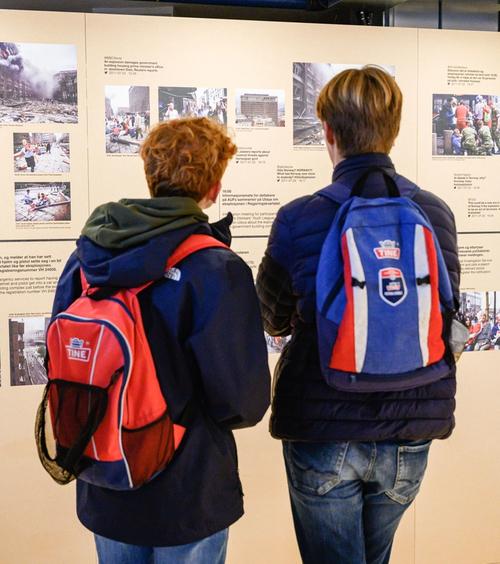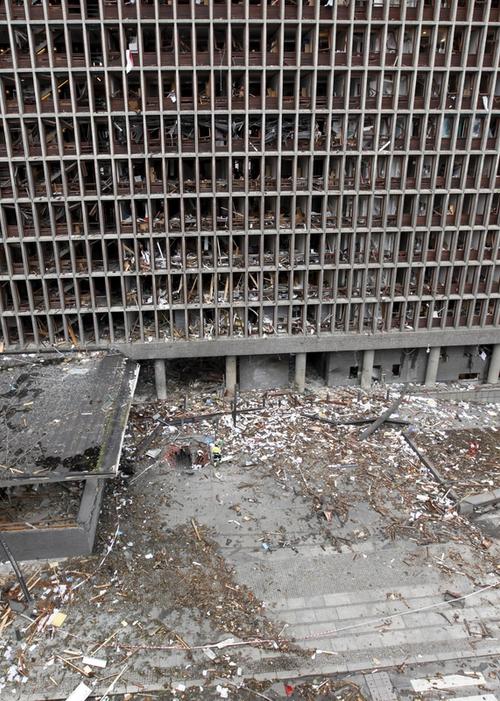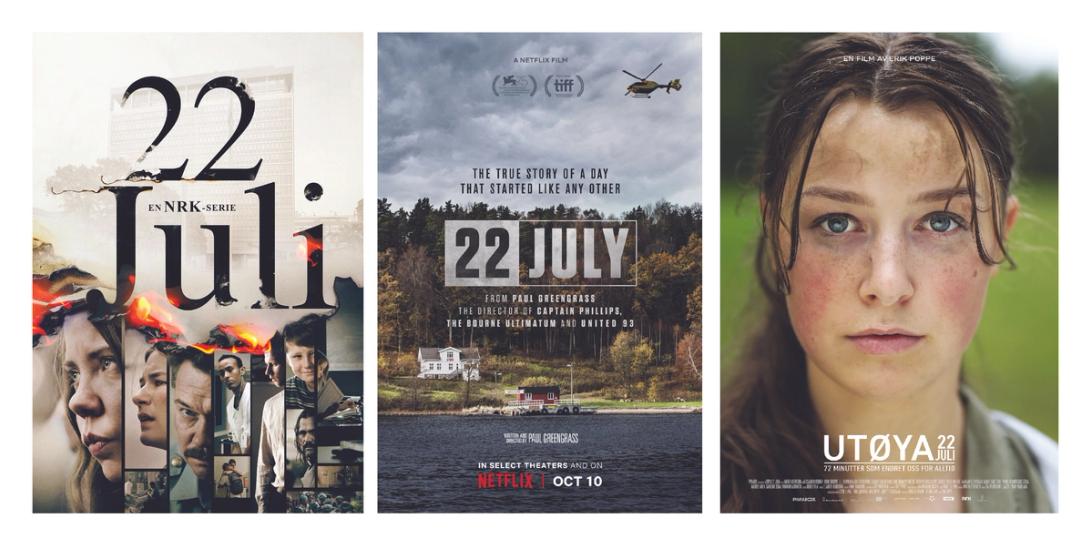Using film in teaching
We assume that many of you are considering using films in your teaching. You may well do so, but it is important to consider some aspects in advance. First, why do you want to show a film? You need to think through what you want to achieve with this. A film will also need to be contextualised. You need to help pupils understand what a film can and cannot tell us about a historical event.
For example, many choose to show ‘Utøya – 22. juli’. It focuses only on Utøya, not on the Government Quarter. It thereby fails to address all causes and consequences of the terrorist attack. On the other hand, many eyewitnesses point out that in their experience, this film gives a more realistic portrayal than other screen versions of the terrorist attack at Utøya. The Netflix film directed by Paul Greengrass is another example. It was made for an international audience and addresses many topics related to 22 July and its aftermath. The film is based on the novel ‘One of Us’ by Åsne Seierstad, and the dialogues in the film are constructed on the basis of this book. However, it describes little of the background for the attack and the terrorist’s ideology.
When using films, it could be useful to show excerpts from several films or series about 22 July to highlight what information they can and cannot provide about the terrorist attack. Films are a good source of information and a useful element in the teaching, but not as the sole element. After showing films, you should ask follow-up questions or introduce other teaching material from our website.





